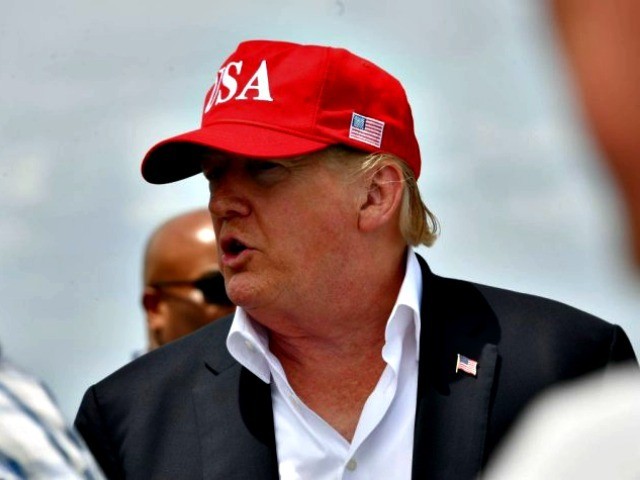In the fall of 2017, House Republican leaders were quietly expressing concerns to some of us working in the West Wing that President Trump should not place any “arbitrary deadlines” on passing the tax cuts and reform bill that was being feverishly negotiated on Capitol Hill.
As has so often been the case, the President had his own plan in mind. Knowing that very little gets accomplished in Congress without an urgency-inducing deadline, he hosted GOP leaders for a lunch at the White House and declared, “We’ll have it done before Christmas, and that will be one of the great Christmas presents” to the American people.
We are now celebrating the two-year anniversary of the President making good on that promise, and the data suggests it was everything he predicted it would be.
While in Missouri selling the merits of the tax bill in November of 2017, the President called the legislation “rocket fuel for the economy.”
In the year following the bill becoming law, the economy roared to nearly three percent growth. While the Congressional Budget Office forecasted in their August 2016 report that the economy would only create 25,000 jobs per month in 2019, that number has instead been a jaw-dropping 167,000 jobs per month, nearly seven times the CBO estimate.
Both the S&P 500 and Dow Jones Industrial Average have reached record highs this fall. Since the fall of 2016, any American saving for retirement by holding the S&P 500 index enjoyed a more than 50 percent increase in the value of their retirement plan.
The U.S. economy has continued defying gravity at a time of anemic growth around the world. U.S. GDP growth is at 2.4 percent for the first three quarters of 2019, while the other six countries in the G7 have only experienced one percent growth during the same time period. And according to a report this summer, U.S. companies have repatriated nearly a trillion dollars from overseas since the bill become law.
During another speech in the middle of the President’s 2017 tax cut sales pitch — this one in Indiana — he predicted the legislation would produce “a middle-class miracle.”
Sure enough, according to the Tax Policy Center, over 91 percent of middle income households received a tax cut. Now we are in the midst of a 16-month streak of three percent year-over-year wage growth. Over six million Americans have left the food stamp program since February of 2017. The poverty rate has fallen to a 17-year low, and for African and Hispanic Americans, it has plummeted to the lowest level since the U.S. began collecting such data.
Call it a miracle, or just what happens when you empower a typical American family making $75,000 to keep an extra $2,000 of their hard-earned money–either way, the results are striking. And the implications could be much more significant than most people inside the Beltway realize.
In late 2014, a Wall Street Journal headline screamed, “Americans of all stripes agree: The system is stacked against them.”
The NBC-WSJ survey at the heart of the article found that “51 percent of Republicans; 55 percent of whites; 60 percent of blacks; 53 percent of Hispanics; as well as decent majorities of every age and professional cluster, including blue-collar workers, white-collar workers and retirees” all held that belief that America’s economic and political systems were stacked against them.
There was a pervasive feeling in the country that the American Dream was dangling just out of reach, that the ability to ascend the economic ladder was often just no longer possible–no matter how hard you worked.
This sentiment led to a populist uprising on both sides of the aisle in the next election cycle, culminating with the election of President Trump in 2016.
But the greatest long-term impact of the Tax Cuts and Jobs Act and Trump’s broader America first economic agenda may be what the President has so often called “the renewal of the American spirit.” He implored our citizens in 2017 to “believe in yourselves, believe in your future, and believe, once more, in America.”
The Christmas present so many Americans received in 2017 was not just a piece of legislation; it was hope–a belief that the American Dream could be a reality once again. Good luck impeaching that, much less beating it at the ballot box.
—
Cliff Sims is the President of Telegraph Creative, a creative services and digital transformation agency in Birmingham, Ala., a New York Times bestselling author, and the former Director of White House Message Strategy for President Donald J. Trump. He helped lead the Administration’s communications and messaging operation for the Tax Cuts and Jobs Act in 2017.

COMMENTS
Please let us know if you're having issues with commenting.